The quiet revolution of niche perfumery: Why true craftsmanship counts again
You've been feeling it for a while now: the market is shifting. While the big corporations continue to pump millions into the world of advertising campaigns, the attention of fragrance lovers is moving – towards exceptional scents , towards tranquil, meticulously curated compositions, towards houses that don't have to cater to the mass market. 2025 is the year when craftsmanship is no longer a nostalgic romanticism, but a competitive advantage. A niche fragrance that truly touches you isn't created today in a laboratory churning out dozens of launches per quarter, but in small perfume houses that allow for time, quiet contemplation, and artistic integrity.
The appeal lies in the opposite of what the industry is used to: no marketing hype, no empty promises of "innovation," but rather substance made tangible. Niche perfume is once again what it once was – a personal statement, far removed from the mainstream.
Why 2025 is a turning point for niche perfume
The fragrance landscape has been radically disenchanted in just two years. Everyone now knows that big brands don't necessarily stand for great creativity. Most of their "new" products are repetitions of the same formula, firmly fixed on safe target groups. Fragrance enthusiasts sense this interchangeability – and are consciously turning away.
At the same time, a new understanding of authenticity is growing: people want fragrances that have character, not just conformity. Fragrances that one would buy as niche perfumes because they truly tell a story, not because they shout louder than the competition on the duty-free shelf.
It's the perfect moment for smaller houses. While major brands become entangled in their own structures, these quieter brands remain agile. They work closely with perfumers, know their raw materials, and choose their suppliers carefully. Their product doesn't thrive on how loudly it projects an image, but on how deeply it resonates. These are fragrances for connoisseurs – more intense, more precise, more distinctive.
The longing for identity instead of image
A men's or women's fragrance from a major label often smells "correct," flawless, but impersonal these days. Smaller houses, on the other hand, use imperfection as a strength. They allow for fragile notes, mineral edges, wild resins, natural variations in the raw materials – precisely what makes luxurious niche perfumes so vibrant.
By 2025, people will yearn for that immediacy again. For unfiltered harmonies. For emotion instead of marketing. For fragrances that aren't masked with sugar, but honestly formulated – without soft focus , without embellishment.
The role of perfumers – finally visible again

In smaller perfume houses, the perfumer is once again the focus. Names like Nathalie Feisthauer , Cécile Zarokian , or Bertrand Duchaufour are no longer mere footnotes, but rather promises of quality. Many buyers now explicitly pay attention to who created the fragrance – because they are familiar with signature styles, because they recognize established stylistic trends, because they follow aromatic patterns.
In large companies, perfumers often disappear behind marketing claims. But by 2025, fragrance lovers want transparency. They want to know why a particular accord was chosen, which extraordinary fragrances emerged from experiments, what journey, what memory, what raw materials lay behind them.
Small perfume houses provide answers. Corporations deliver campaign images. The difference is becoming more obvious – and more relevant.
Molecules, raw materials, courage – why small brands smell better

Today, craftsmanship is expressed not only in tradition, but also in courage. Courage to use expensive raw materials, courage to use special extracts, courage to use molecules like Iso E Super , Cashmeran, Helvetolide® or Ambrettolides, which don't have a sweet effect, but rather a close, intimate, and identity-forming one.
Big brands shy away from such decisions because they polarize. Smaller houses, on the other hand, consciously utilize these nuances. The result: fragrances that are less appealing but resonate more deeply. This is precisely where what fragrance connoisseurs seek today is created – spatial depth, texture, warmth, and intrigue.
A unisex perfume that doesn't smell like classic fragrance, but like personality. A men's fragrance that doesn't scream blue. A women's fragrance that isn't drenched in sugar. Compositions with edges, curves, and shadows. Fragrances that allow people to perceive them as art once again.
The niche perfume market is shifting – and nobody can ignore it.
The numbers speak for themselves: The growth rate of small perfume houses has exceeded that of the mass-market sector since last year. Not because everyone has suddenly become a "connoisseur" – but because people realize that quality shouldn't be confused with loudness.
In 2025, quiet brands will overtake the loud ones – and that's just the beginning.

Craftsmanship during Advent: Why the subtle culture of fragrance is now at its strongest time of year.
As soon as the days grow shorter and the air takes on that special winter heaviness, the way you perceive scents also changes. In the run-up to Christmas, the longing for warmth, for depth, for something authentic increases. This is precisely where those small perfume houses come into their own, crafting fragrant souls far removed from the usual mass production.
While major brands simply slap buzzwords like "holidays," "special," and "limited" on their campaigns starting in November, independent fragrance houses deliver real substance. No glitter overload, no advertising hype—instead, compositions that function like quiet rituals. A niche fragrance worn in winter can be rawer, spicier, more approachable. It needs depth, not volume, structure, not gimmicks. Small houses can achieve this because they don't have to produce for everyone, but only for those who truly want to experience something.
Why small brands capture the winter and Christmas spirit better

Christmas is the moment when craftsmanship regains its importance. Whether wood, ceramics, glass, or fragrance – you want things that last. Things that have been touched by hands. That's why niche shops are so popular in December: they create fragrances that don't just "smell good," but actually do something. They warm, soothe, and ground.
Big brands often rely on generic vanilla accords and interchangeable amber sweetness in winter. Smaller houses delve deeper: balsams, resins, dried woods, juniper smoke, labdanum, rare extracts. They create compositions where something glows like a crackling fireplace. This is precisely what makes them ideal winter fragrances – and explains why shoppers are much more likely to buy niche perfumes right now, instead of the usual mainstream scents with pretty packaging.
Wintertime demands clarity. A fragrance must prove its worth in the cold; it must last longer, it must stand up to wind, fabric, and low temperatures. Handcrafted perfumes excel at this because their raw materials are of higher quality and their formulations more precise. The result is a luxurious, niche fragrance that is understated yet long-lasting – exactly what you're looking for in December.
The role of curators: Why expertise is even more important in winter

In winter, people shop more emotionally. And at the same time, more cautiously. Because every nuance appears different in the cold. That's precisely why curated selections – like the ones Georg R. Wuchsa builds at scent amor – are so crucial.
While big brands simply wrap their entire catalog in gold foil at the end of the year, small houses and curated boutiques carefully select what truly suits winter: fragrances that play with smoke, resin, wood and warmth; fragrances that create intimacy; fragrances that carry a story.
Curators ensure that you don't drown in a sea of compromises, but instead find those compositions that radiate their greatest power in winter. Especially during Advent, this difference is immediately noticeable.
Christmas and the Renaissance of Home Fragrance

Few times of year demonstrate so clearly how subtly fragrance can transform a room. Scented candles and diffusers are no longer mere decorative accessories, but small works of art that define atmosphere.
That's precisely why the Advent season is a gift for artisanal perfume houses: their home fragrances aren't a byproduct, but rather rituals in their own right. Brands like Trudon and Côté Bougie exemplify how high-quality wax, natural oils, and meticulously crafted compositions can transform spaces—making them warm, soft, and tranquil. This has nothing to do with the seasonal "cinnamon and vanilla decorations" sold in the mass market. It's olfactory architecture.
And here it becomes clear once again: Small, handcrafted businesses are overtaking the big ones. They work with the same high standards of raw materials as their perfumes, creating candles whose fragrance unfolds in the room like a personal perfume – transparent, warm, multifaceted. This is precisely the quality people are looking for now, when it's dark outside.
Why craftsmanship will determine the future in 2025 – not just the season
The trend doesn't end with Christmas. The shift towards handcrafted homes is more than a seasonal reaction – it's a structural change. People are realizing that fragrance doesn't have to be loud to be powerful. That quality isn't something that comes from marketing. That something special doesn't have to shout.
A unisex perfume from a small studio, a men's fragrance with dry woods, a women's fragrance with a warm resinous base – all these categories are currently shifting. The future belongs to those who formulate scents honestly, instead of imitating effects.
Fragrance is becoming a personal ritual again, not a consumer product. And that's precisely why, by 2025, small, quiet perfume houses will have overtaken all those who for years thought that size equaled relevance. The truth: relevance arises from connection. And connection arises from craftsmanship.
Your advantage as a fragrance lover
This return to craftsmanship brings you one thing above all: clarity. You'll find fragrances that truly smell like nothing else. Candles that don't smell artificial, but transform rooms into moods. Compositions that carry you through the winter days without the usual saccharine sweetness.
Especially now – during Advent – this clarity is of the highest value.
FAQ – Everything you need to know about handcrafted winter fragrances
What makes handcrafted niche perfumes so special in winter?
They use high-quality raw materials, deep resins and complex wood notes that unfold particularly well in the cold and last longer.
Why do small perfume houses seem more authentic than large brands?
Because they work independently, are more transparent, and don't have to hide their perfumers behind campaigns.
Which fragrances are particularly suitable for the Advent season?
Warming resins, smoke, vanilla , cinnamon , amber scent , dark woods and soft balsams. They create a sense of calm, closeness and security.
Are handcrafted fragrances more unisex?
Many, yes. A unisex perfume from a manufacturer focuses on character rather than gender stereotypes.
Are there samples available for niche fragrances?
Yes. At scent amor you can buy niche perfumes and test them as samples – ideal for getting to know winter fragrances in advance.
Everything you want to know about handcrafted winter fragrances can be found in this report – and the perfect selection at scent amor, curated by Georg R. Wuchsa.
Copyright by scent amor © 2025 (grw)
More articles on the scent news blog by scent amor:
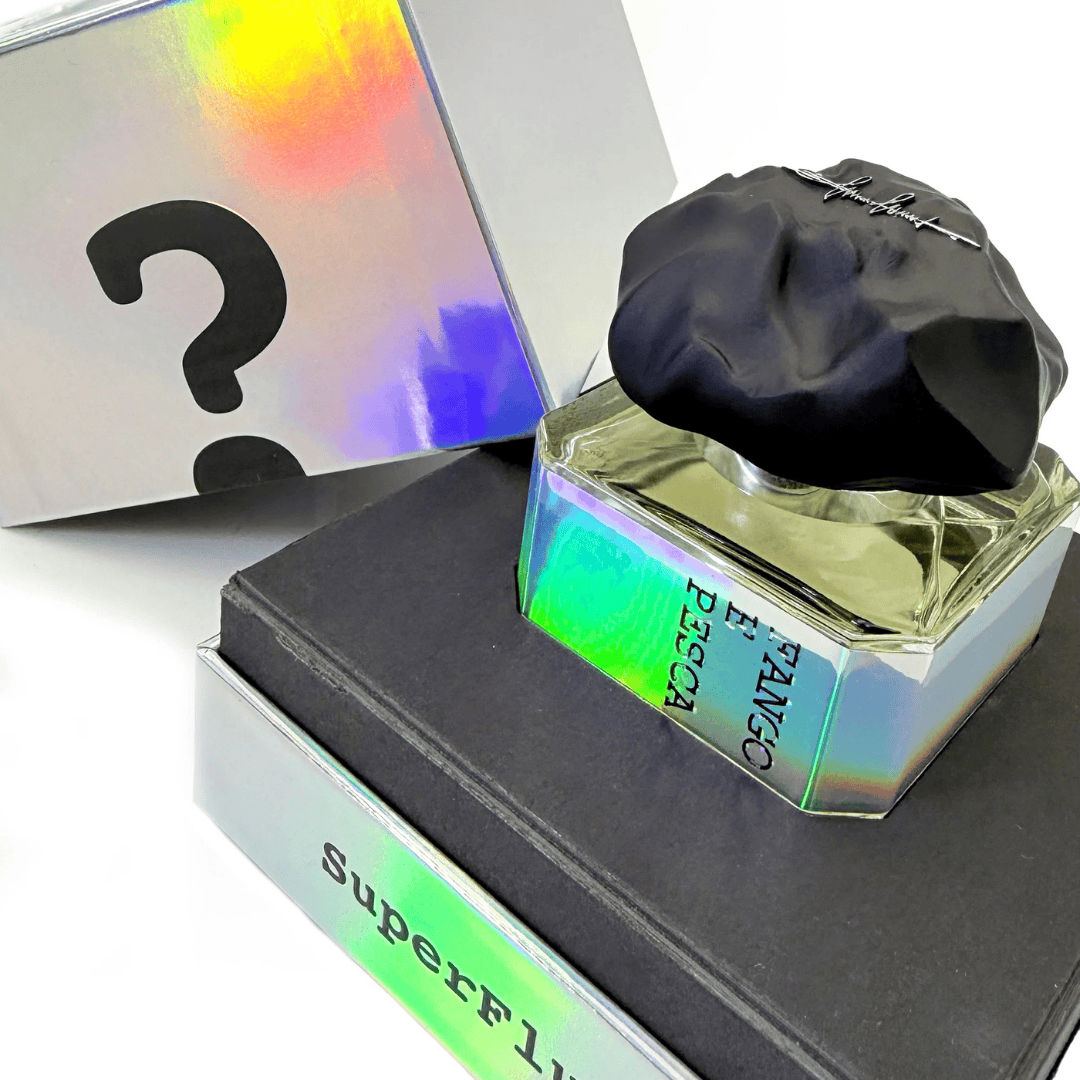
Filippo Sorcinelli combines sacred art, organ music, and avant-garde craftsmanship to create some of the most intense fragrances in the realm of luxury niche perfume . His LAVS and UNUM lines repre...
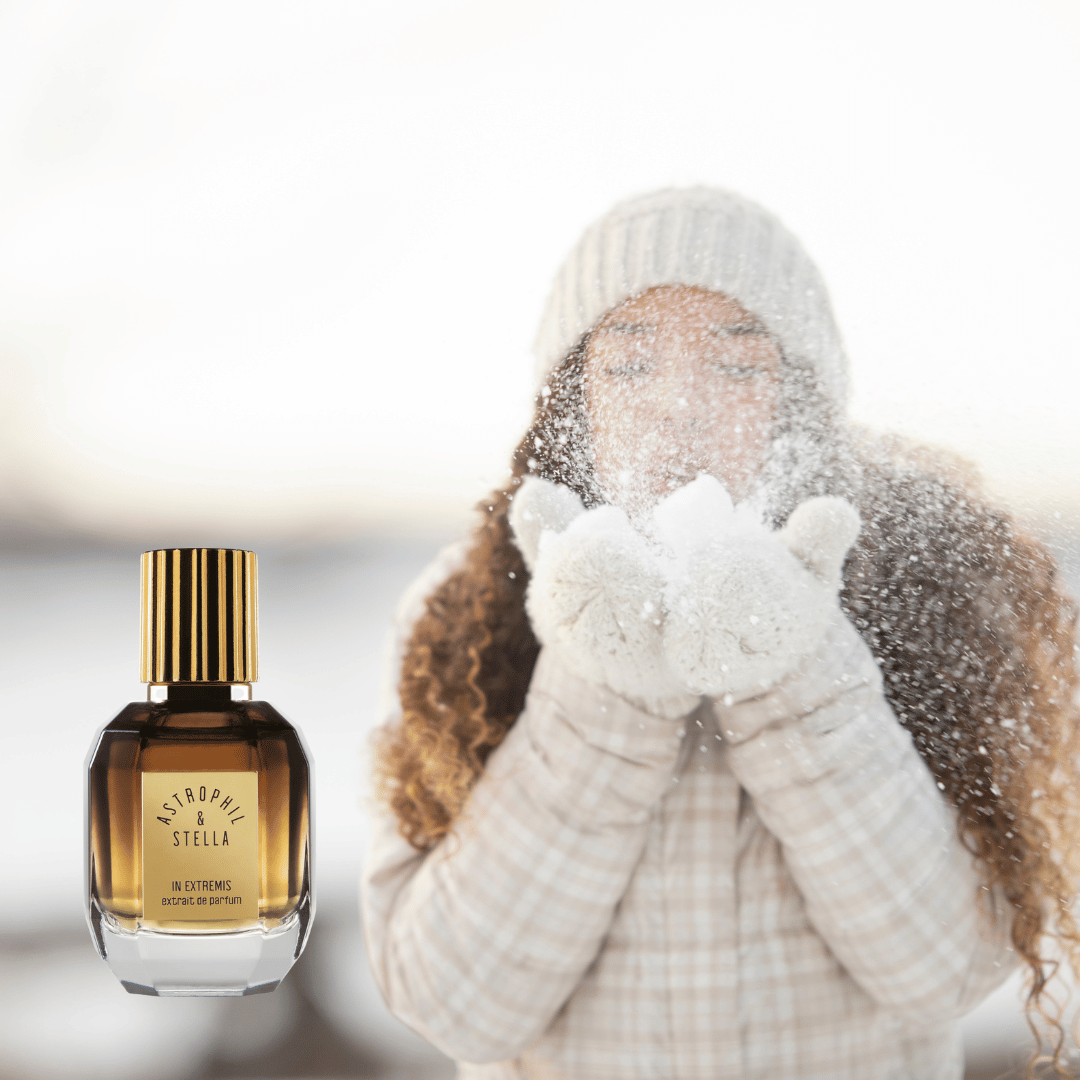
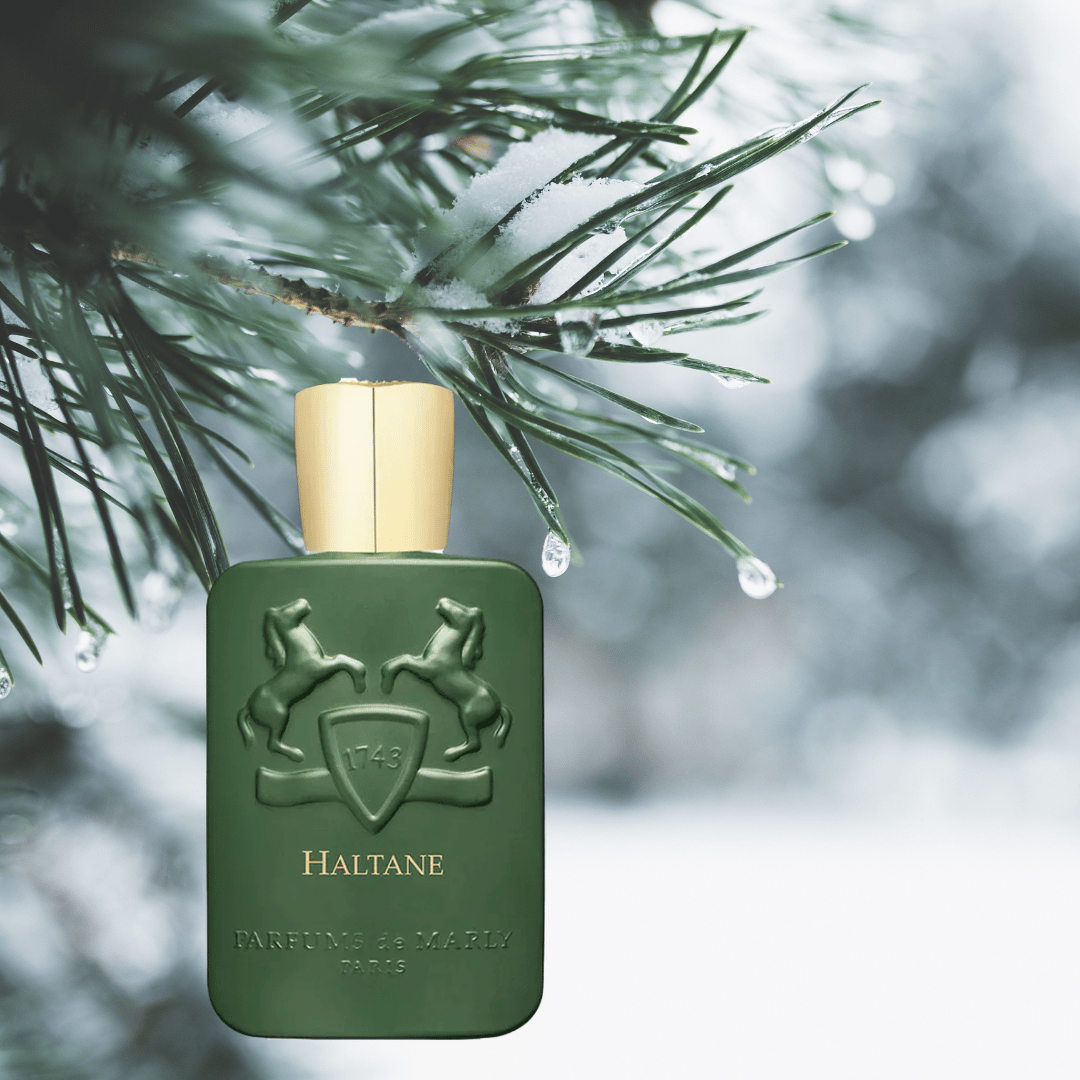






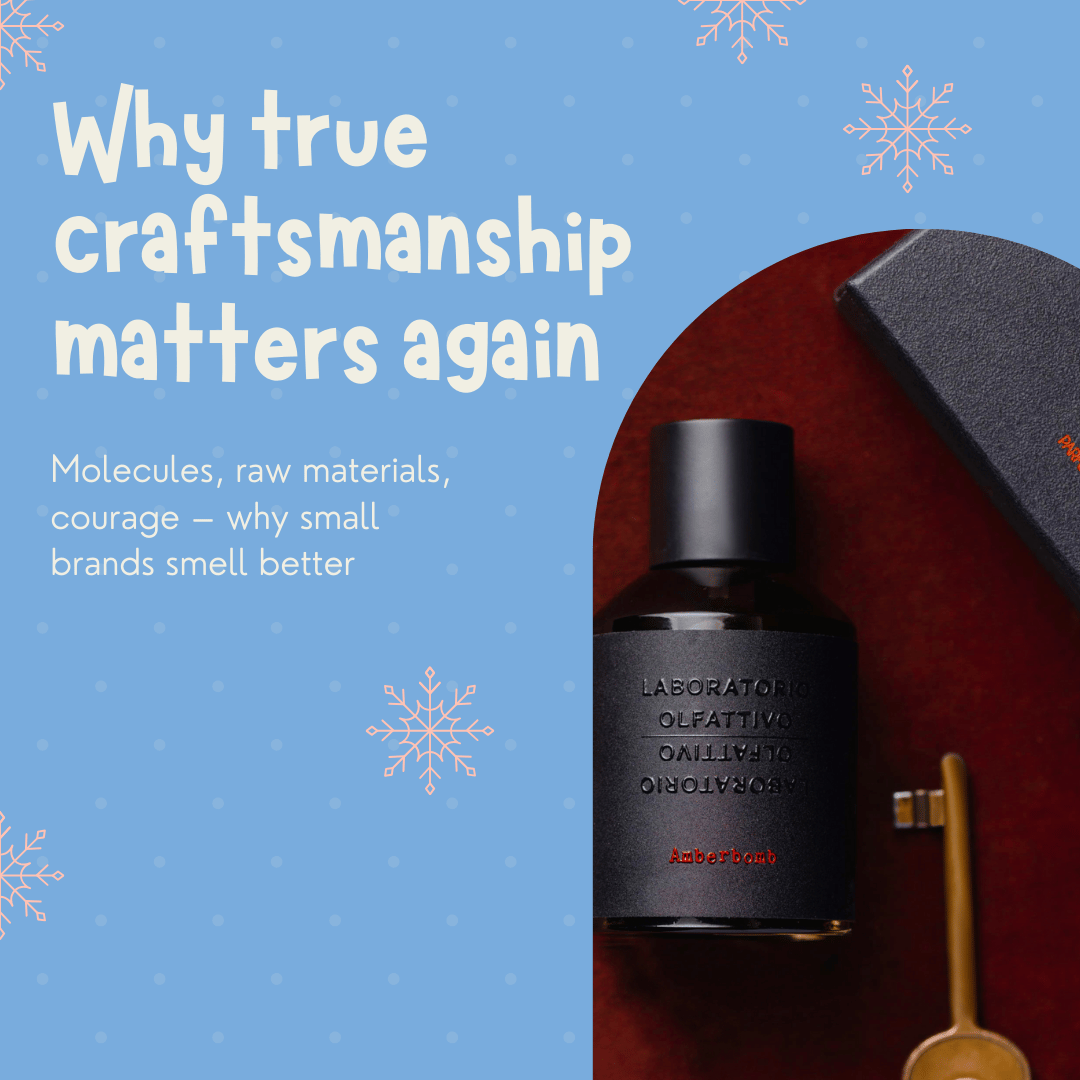



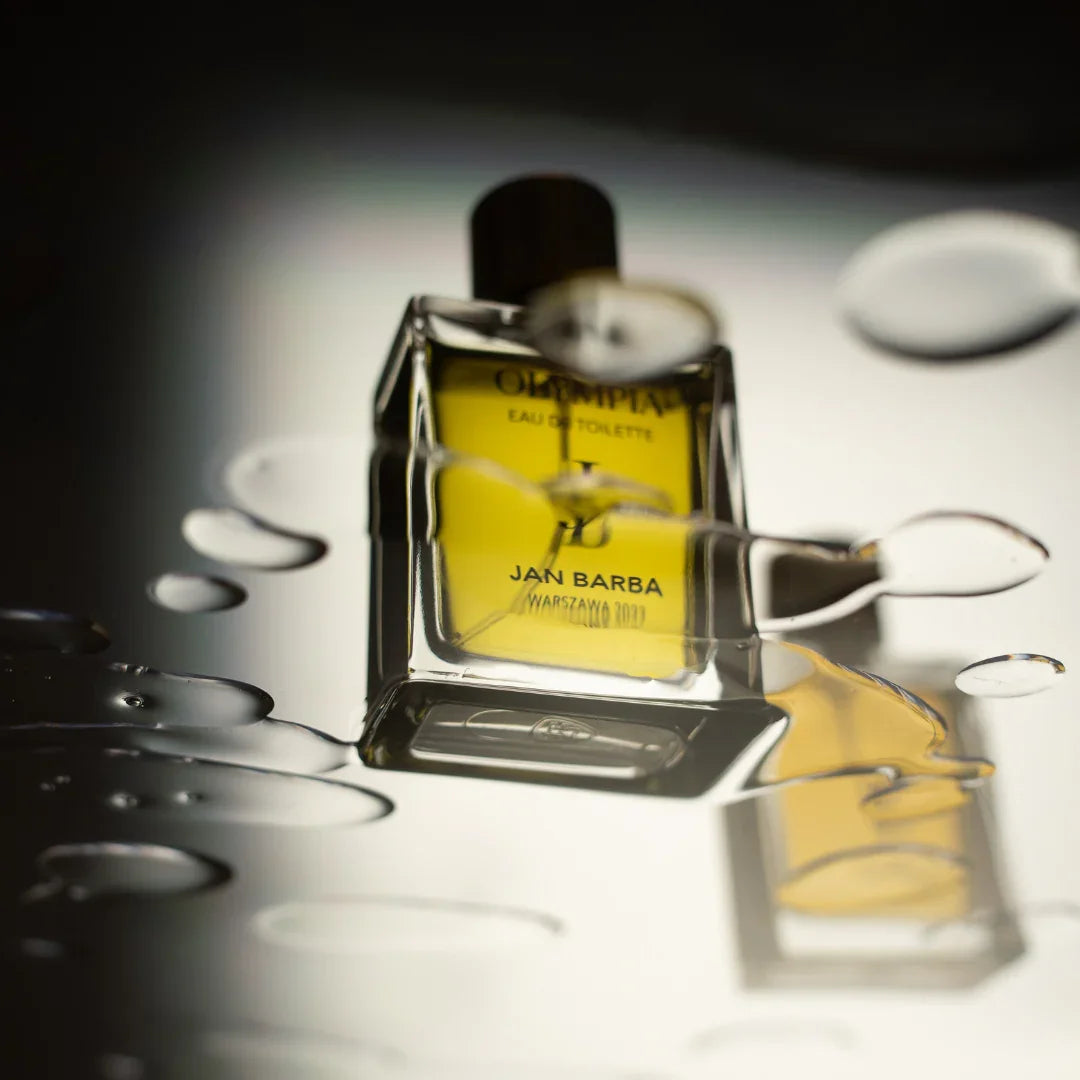

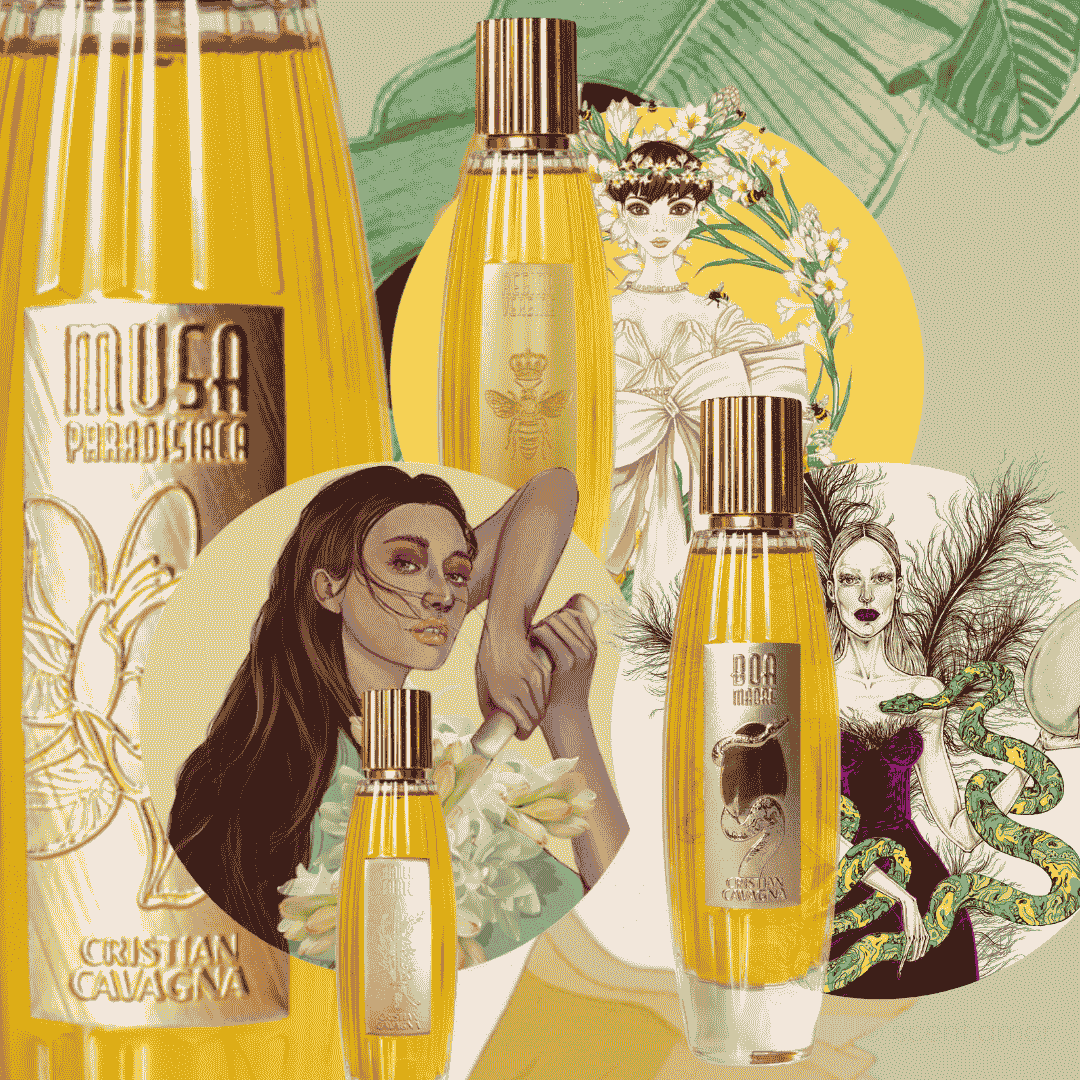

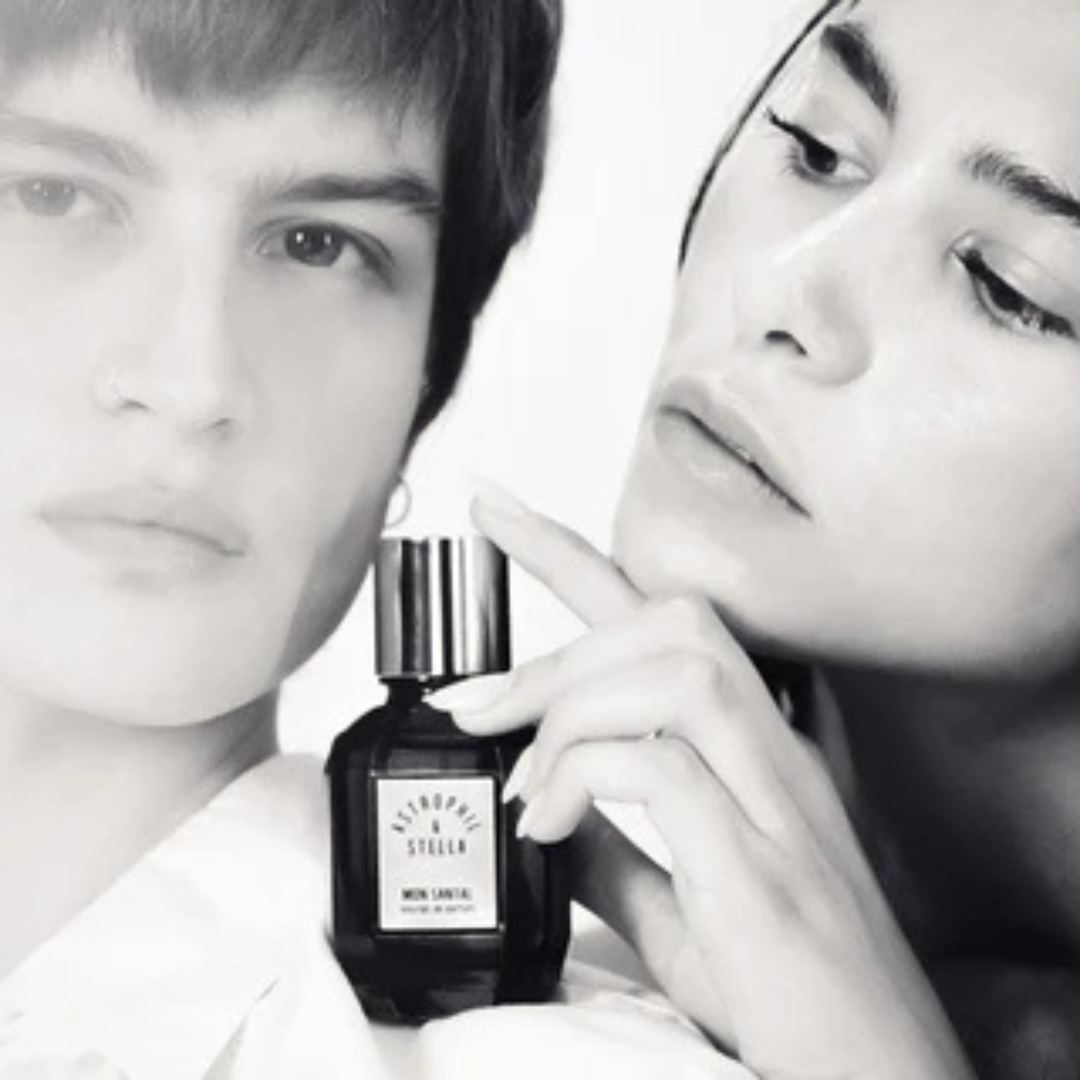


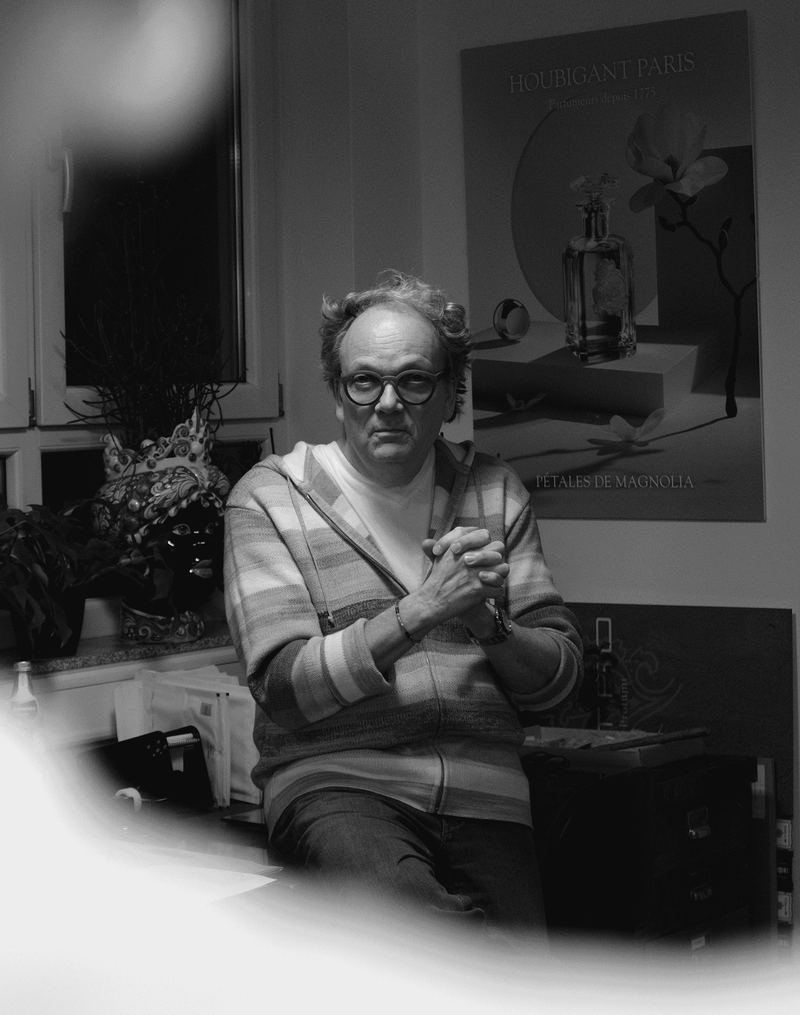
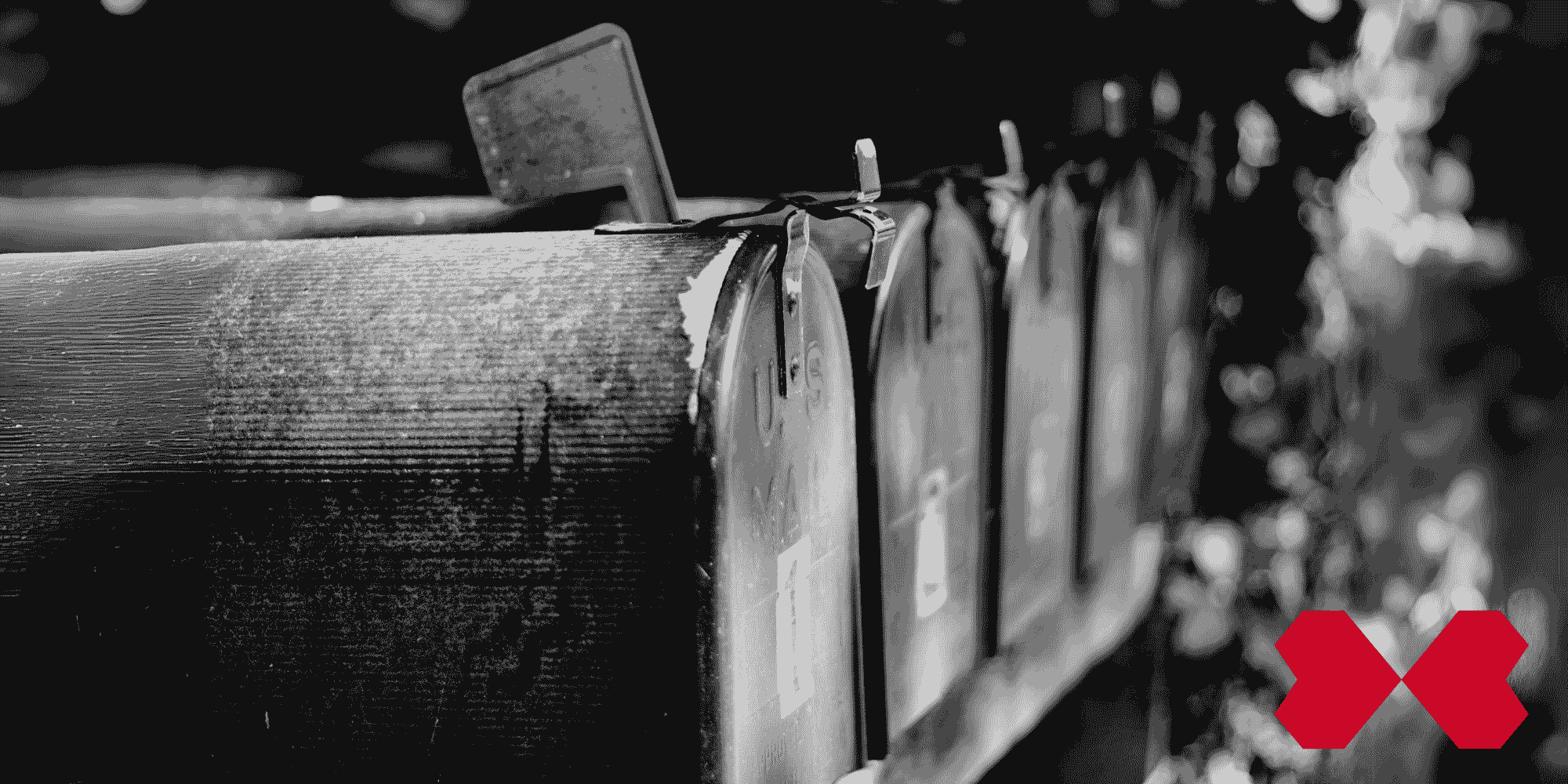
Leave a comment
All comments are moderated before being published.